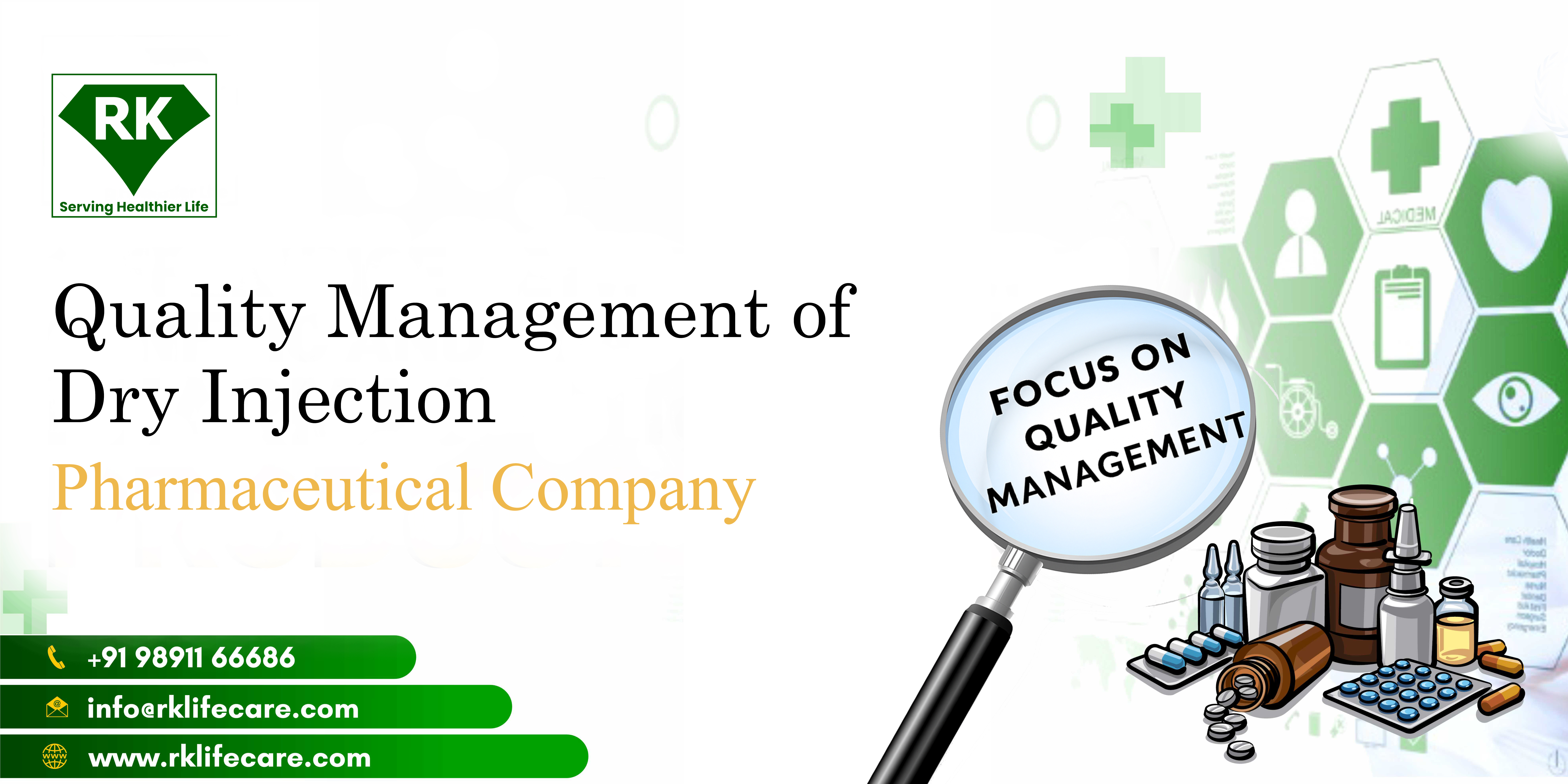
As a dry-injection pharmaceutical manufacturing company, we work with carefully selected raw materials on sterile, lyophilized dry injectable products.
Our workflow adheres to strict Good Manufacturing Practices (GMP) and is designed around controlled environments, validated processes, and a robust Quality Management System (QMS).
A clear, step-by-step description of our operations and the quality management activities that ensure patient safety.
Step by step - Manufacturing process
-
Supplier qualification and raw material control. We qualify vendors, review certificates of analysis, and conduct supplier audits. Incoming APIs, excipients, and packaging are sampled and tested against specifications before being released into inventory.
-
Material storage and traceability. Materials are stored in designated, controlled areas with environmental monitoring systems in place. All lots are labeled, quarantined, and recorded to ensure complete traceability.
-
Weighing and distribution. Weighing is done in controlled rooms with limited access. Electronic scales and documented checks reduce the risk of cross-contamination; all actions are recorded in batch records.
-
Solution preparation and sterile filtration. When solutions are required prior to lyophilization, they are prepared under clean conditions and passed through certified sterile filters (e.g., 0.22 µm). Closed systems are used whenever possible.
-
Aseptic filling and lyophilization. Sterile filling of vials is performed in a cleanroom/isolator using HEPA-filtered air. For dry injection, sterile-filled vials are inserted into a lyophilizer, where controlled freeze-dry cycles remove water and form a stable powder.
-
Stoppering, Capping, and Sealing. After lyophilization, vials are stoppered and sealed under controlled conditions to maintain sterility and integrity.
-
In-process control (IPC). We conduct IPC—weight, residual moisture, appearance, pH, bioburden checks, and temperature monitoring—during production and document the results according to acceptance criteria.
-
Visual inspection and automated checks. Finished vials are visually inspected (automated and manual) for particles, fill volume, container closure integrity, and label accuracy.
-
Packaging and Labeling. Approved batches are marked with batch number, expiry date and storage instructions and are packaged in accordance with regulatory and customer requirements.
-
Batch Release and Distribution. The Quality Unit reviews batch records, QC test reports, and stability results before formally releasing the product with certifications for distribution.
Quality Management — Step by Step
-
Quality Policy and Structure. A documented quality policy and defined quality assurance/quality control roles ensure independent oversight of manufacturing, release, and compliance.
-
Controlled Documentation and Standard Operating Procedures. All activities are governed by approved standard operating procedures, master batch records, and change-control procedures. Document control ensures that current versions are in use.
-
Training and Personnel Qualification. Employees are trained in GMP, aseptic techniques, and role-specific tasks. Training records and periodic qualification checks maintain standards.
-
Verification and Qualification. Equipment IQ/OQ/PQ, process validation (including lyophilizer cycles), cleaning validation, and analytical method validation demonstrate reproducible, controlled processes.
-
Environmental and Utility Controls. HVAC systems, differential pressure, HEPA filtration, WFI, and other utilities are monitored and maintained. Regular environmental monitoring (air, surfaces, personnel) maintains cleanroom integrity.
-
Microbiology and Sterility Assurance. QC conducts bioburden, endotoxin (LAL), sterility testing, and environmental monitoring in accordance with pharmacopoeial standards. Excursions initiate investigations and corrective action.
-
Deviation Management and CAPA. Deviations are recorded, investigated for root cause, and closed with corrective and preventive action. Trending deviations prevent recurrence.
-
Supplier Management. Supplier audits, incoming testing, and continuous performance monitoring ensure the quality of purchased materials.
-
Stability Programs and Retention Samples. Accelerated and long-term stability studies support expiration dates. Retention samples are stored for future reference.
-
Internal Audit and Regulatory Readiness. Regular internal audits and mock inspections assess compliance; audit findings are incorporated into continuous improvement plans.
-
Complaints, Recalls, and Traceability. A complaint management system captures regional issues; full batch traceability enables quick, targeted recalls when needed.
-
Continuous Improvement and Metrics. KPIs (yield, OOS rates, deviations, environmental excursions) and management reviews drive measurable improvements and reinforce a culture of quality.
Closing summary
Dry injectable production requires strict control over sterile operations, proven processes, and a robust quality management system.
By following the step-by-step manufacturing processes described above and implementing disciplined quality administration—from supplier qualification to batch release and stability monitoring—we ensure consistent product quality, regulatory compliance, and, above all, patient safety.
R K Life Care INC. Quality management in a dry injection pharmaceutical company ensures purity, safety, and compliance through strict testing, GMP standards.
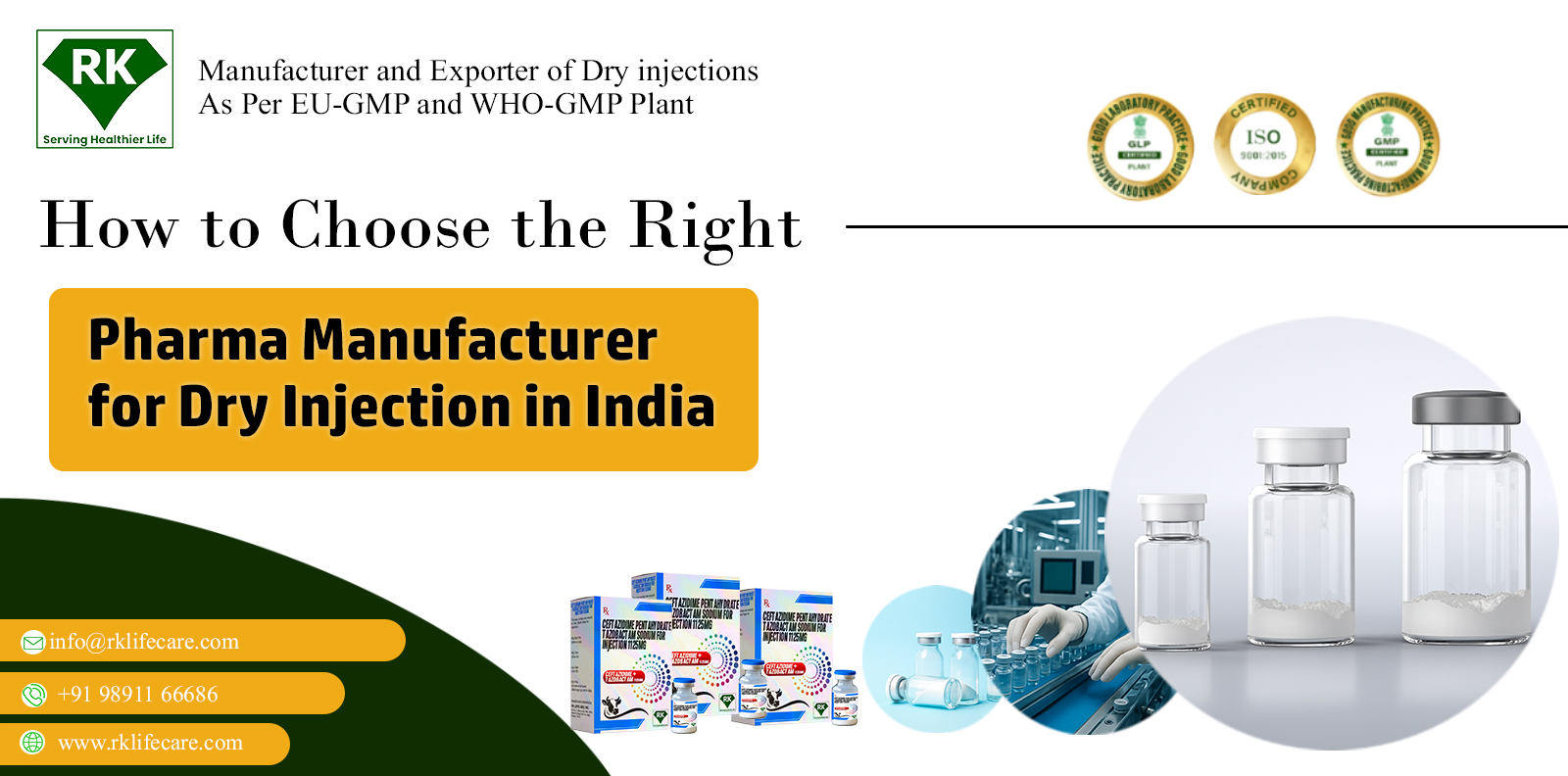
03 Dec 2025
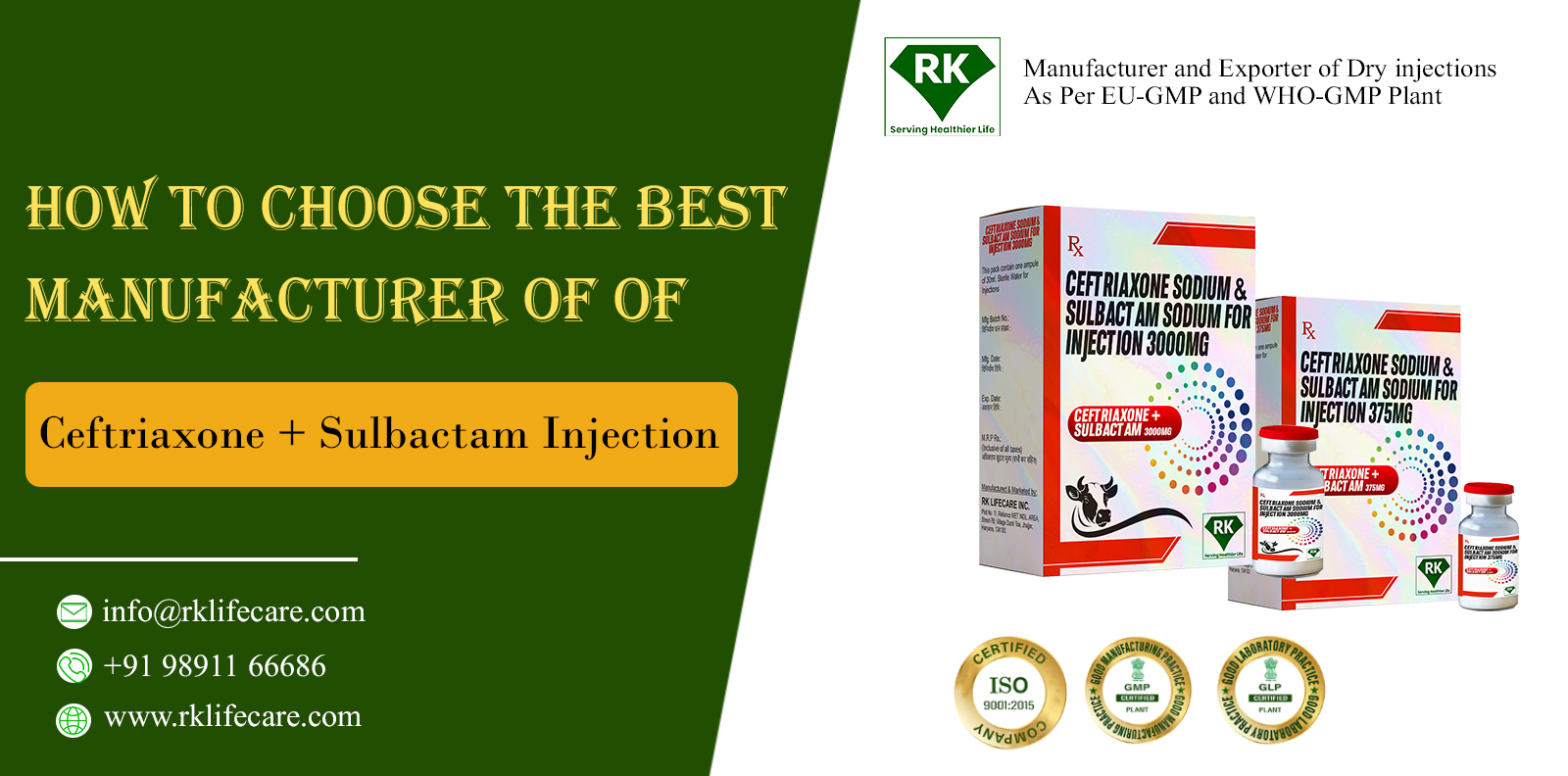
02 Dec 2025

28 Nov 2025
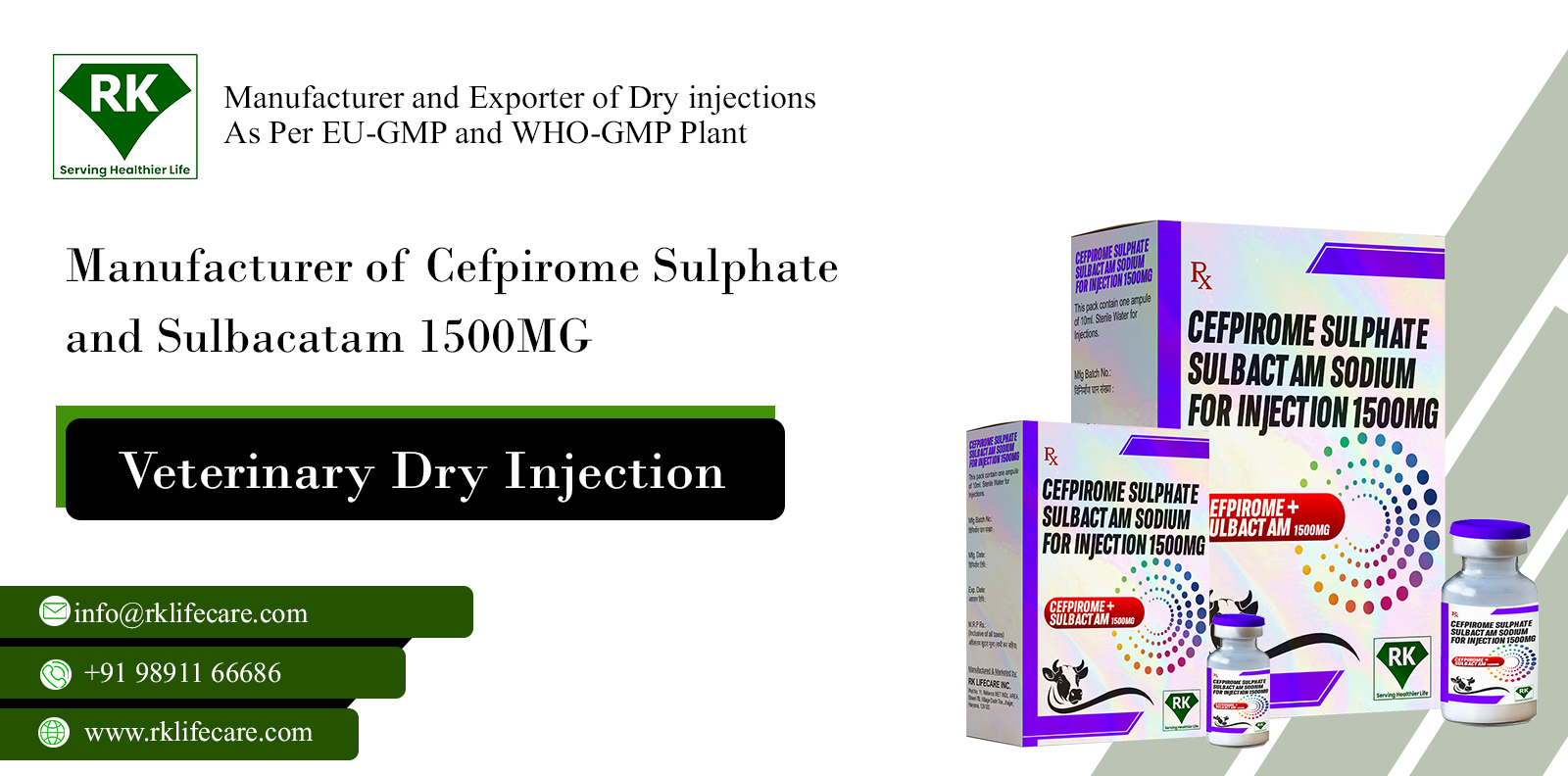
31 Oct 2025
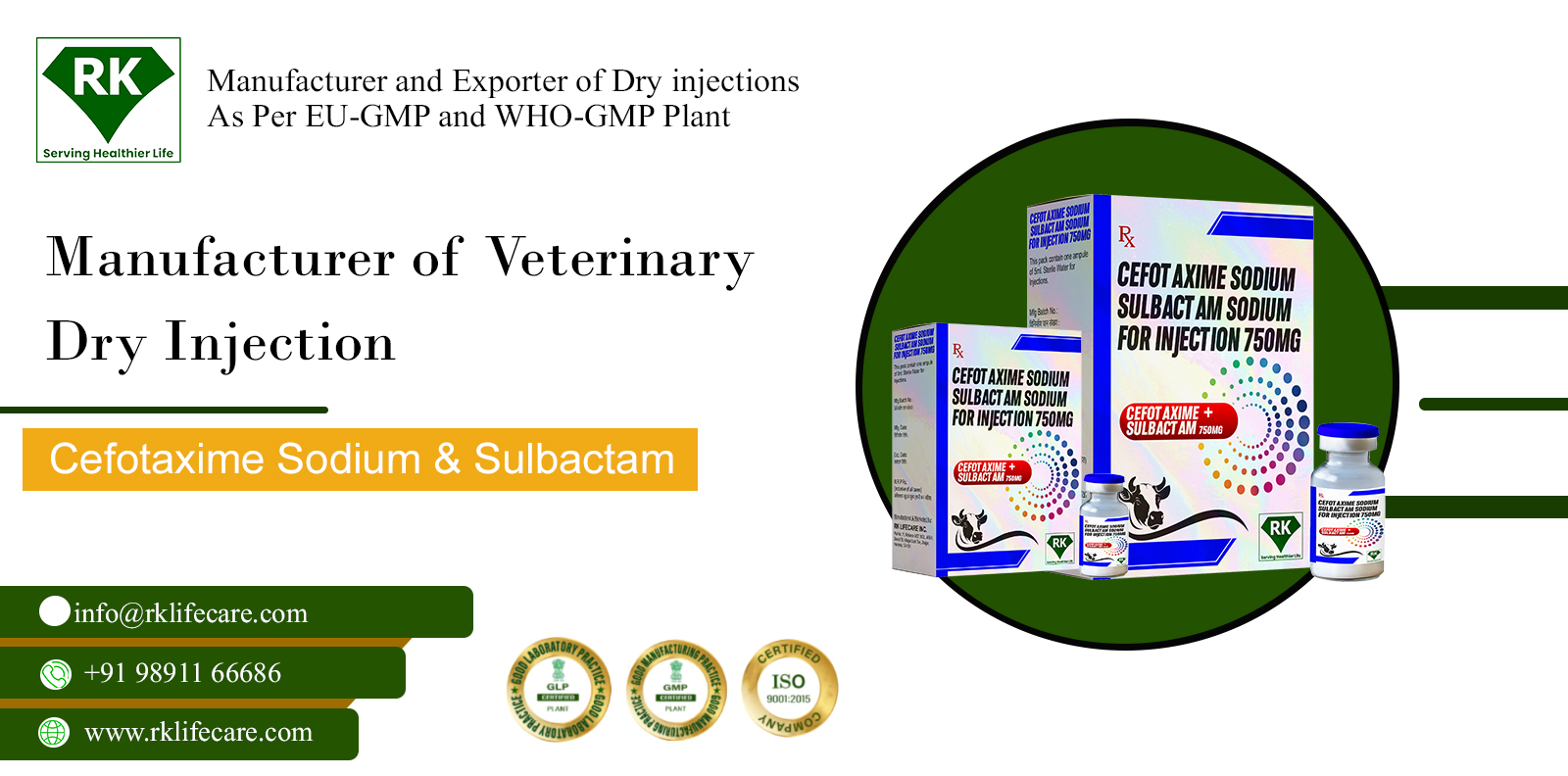
30 Oct 2025